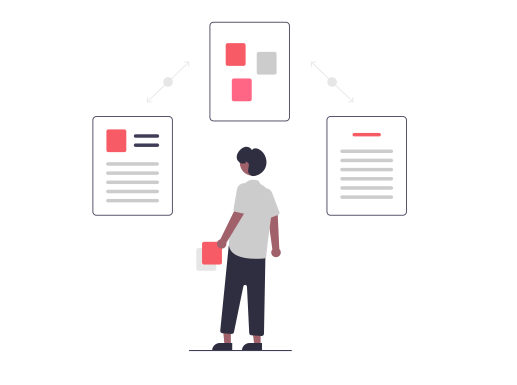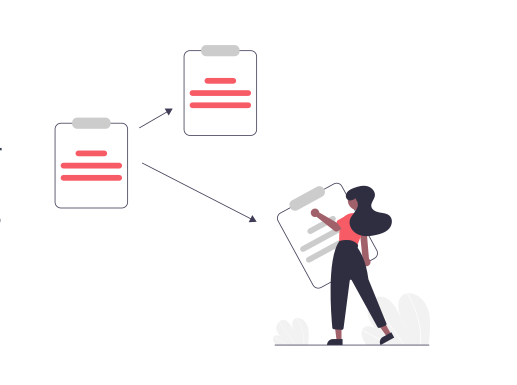One of the most important skills of an AI architect is the ability to identify ideas that are worth working on. These next few chapters will discuss finding and working on projects so you can gain experience and build your portfolio.
Over the years, I’ve had fum applying machine learning to manufacturing, healthcare, climate change, agriculture, e-commerce, advertising, and other industries. How can someone who’s not an expert in all these sectors find meaningful projects within them? Here are five steps to help you scope projects.
Step 1

Identify a business problem (not an AI problem). I like to find a domain expert and ask, “What are the top three things that you wish worked better? Why aren’t they working yet?” For example, if you want to apply AI to climate change, you might discover that power-grid operators can’t accurately predict how much power intermittent sources like wind and solar might generate in the future.
Step 2

Brainstorm AI solutions. When I was younger, I used to execute on the first idea I was excited about. Sometimes this worked out okay, but sometimes I ended up missing an even better idea that might not have taken any more effort to build. Once you understand a problem, you can brainstorm potential solutions more efficiently. For instance, to predict power generation from intermittent sources, we might consider using satellite imagery to map the locations of wind turbines more accurately, using satellite imagery to estimate the height and generation capacity of wind turbines, or using weather data to better predict cloud cover and thus solar irradiance. Sometimes there isn’t a good AI solution, and that’s okay too.
Step 3

Assess the feasibility and value of potential solutions. You can determine whether an approach is technically feasible by looking at published work, what competitors have done, or perhaps building a quick proof of concept implementation. You can determine its value by consulting with domain experts ( say, power-grid operators, who can advise on the utility of the potential solutions mentioned above).
Step 4

Determine milestones. Once you’ve deemed a project sufficiently valuable, the next step is to determine the metrics to aim for. This includes both machine learning metrics ( such as accuracy ) and business metrics ( such as revenue ). Machine learning teams are often most comfortable with metrics that a learning algorithm can optimize. But we may need to stretch outside our comfort zone to come up with business metrics, such as those related to user engagement, revenue, and so on. Unfortunately, not every business problem can be reduced to optimizing test set accuracy! If you aren’t able to determine reasonable milestones, it may be a sign that you need to learn more about the problem. A quick proof of concept can help supply the missing perspective.
Step 5

Budget for resources. Think through everything you’ll need to get the project done including data, personnel, time, and any integrations or support you may need from other teams. For example, if you need funds to purchase satellite imagery, make sure that’s in the budget.
Working on projects is an iterative process. If, at an step, you find that the current direction is infeasible, return to an earlier step and proceed with your new understanding. Is there a domain that excites you where AI might make a difference? I hope these steps will guide you in exploring it through project work — even if you don’t yet have deep expertise is that field. AI won’t solve every problem, but as a community, let’s look for ways to make a positive impact wherever we can.